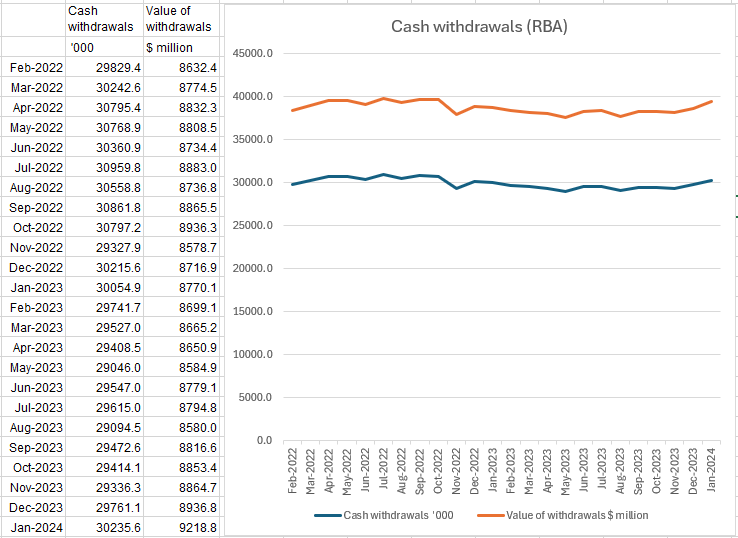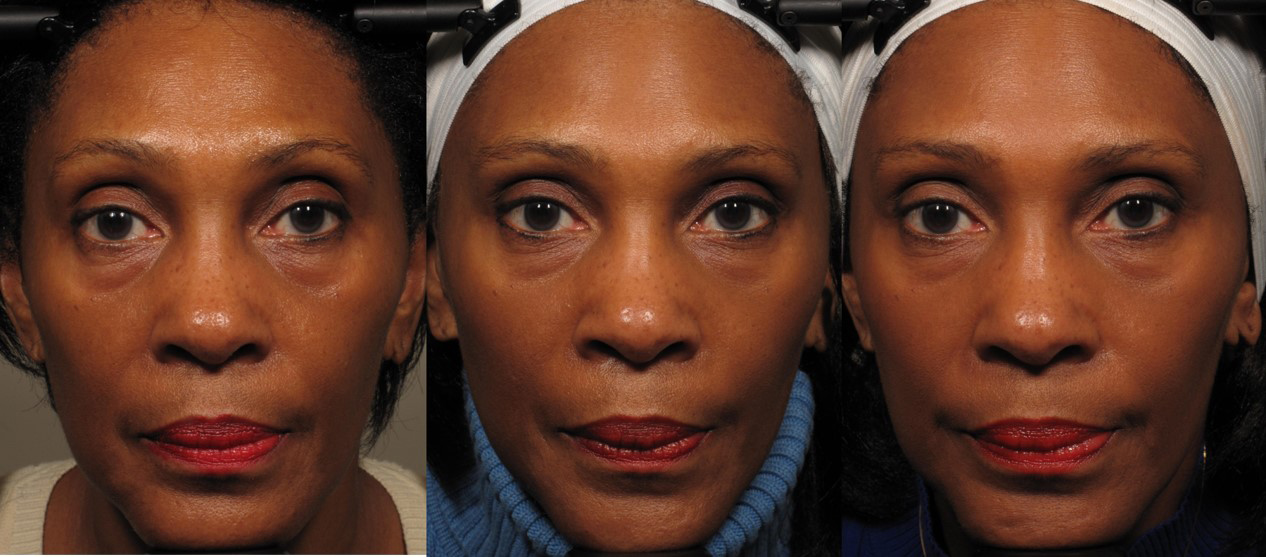FORGET a face lift using plastic surgery. Daily face exercises improved the appearance of middle aged women in a trial at the Feinberg School of Medicine, Northwestern University, in Chicago, USA.
Faces appear older due to sagging skin, superficial sun damage and loss of fat and muscle below the skin surface.
Sixteen healthy women aged 40 to 65 years with sun damage, associated mild to moderate facial atrophy and with an interest in facial exercises were included in a trial. They were instructed in 32 facial exercises, labelled face yoga, during two 90-minute training sessions.
One exercise is the Cheek Lifter: open mouth and form an ‘O’, position upper lip over teeth, smile to lift cheek muscles up, put fingers lightly on top part of cheek, release check muscles to lower them, and lift back up. Repeat by lowering and lifting the cheeks.
Another exercise is Happy Cheeks Sculpting: smile without showing teeth, purse lips together, smile forcing cheek muscles up, place fingers on corners of the mouth and slide them up to the top of the cheeks, hold for 20 seconds.
After the initial training sessions with the instructor, participants performed 30-minute exercises for eight weeks daily, then every other day until week 20.
Two independent dermatologists, who were not aware of participants’ actual ages, rated their ages from photographs using Merz-Carruthers Facial Aging Photoscales. They observed significant improvement in upper and lower cheek fullness and their estimate of participants’ average age decreased from 50.8 years at base-line to 49.6 years at eight weeks and 48.1 years at 20 weeks.
Participants were highly satisfied with the results of their exercises, noting significant improvement in 18 of 20 facial features.
Dr Emily Poon, a dermatologist at Feinberg School of Medicine said as the face ages, skin loses elasticity and fat pads between the muscle and skin become thinner. The fat pads, which fit together like a jigsaw puzzle, give the face much of its shape. As skin becomes saggy, the thinning fat pads atrophy and slide, causing the face to appear to drop.
“But if muscle underneath becomes bigger, the skin has more stuffing underneath it and the firmer muscle appears to make the shape of the face more full,” she said. “Muscle growth is increasing the facial volume and counteracting the effects of age-related fat thinning and skin loosening
“Now there is evidence that facial exercises may improve facial appearance and reduce some visible signs of ageing,” said lead author Dr Murad Alam, professor of dermatology at Feinberg School of Medicine.
“The exercises enlarge and strengthen the facial muscles, so the face becomes firmer and more toned and shaped like a younger face.
“Assuming the findings are confirmed in a larger study, individuals now have a low-cost, non-toxic way for looking younger or to augment other cosmetic or anti-aging treatments they may be seeking,” he said.
The peer reviewed study was published earlier this year in the journal JAMA
Dermatology.
































